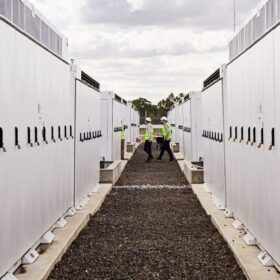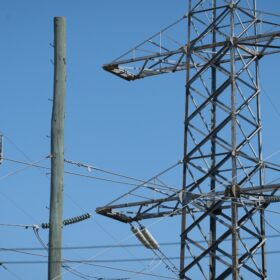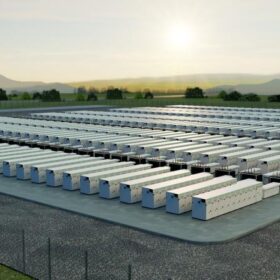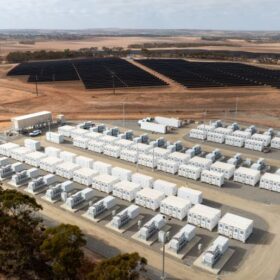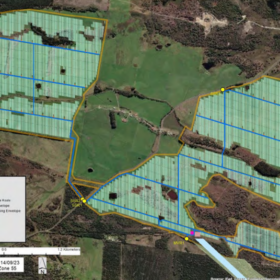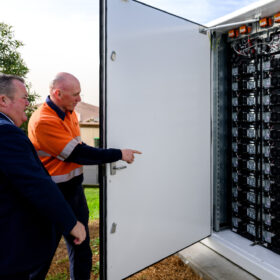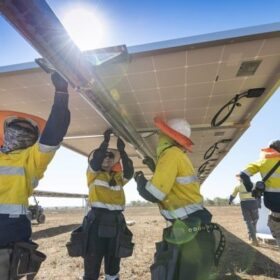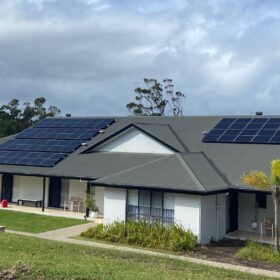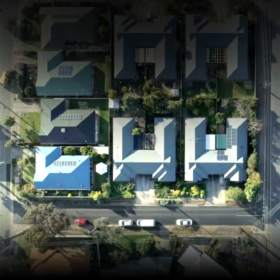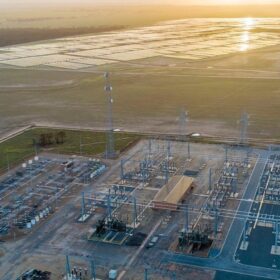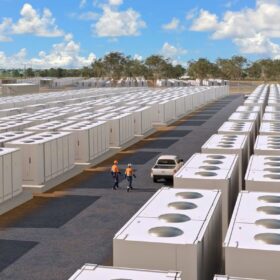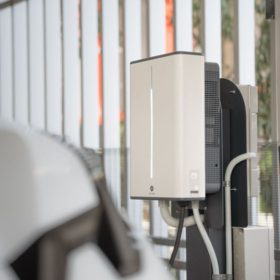Real-time rewards for flexible assets assured by AEMO reform
The Australian Energy Market Operator’s frequency performance payments reform future proofs the national electricity market setting real-time incentives for fast and flexible assets like batteries.
Report reveals Sydney potential for 21 GW renewable energy zone
A new report calls for mandated solar installations on all new residential and industrial buildings in Sydney to help transform the city into an urban renewable energy zone capable of generating three quarters of its annual energy needs.
Deakin puts peer-to-peer trading of excess solar to test
Researchers at Deakin University have launched a first-of-its-kind project exploring how Australian households and small businesses with solar and or battery systems can sell their excess clean energy to others without the technology.
Queensland boosts funding for CopperString project
The Queensland government has reinforced its commitment to the CopperString transmission line project that is to stretch across the state’s northwest, announcing it will allocate $2.4 billion towards the project.
Queensland big battery ready to start commissioning and testing
BlackRock-owned Victorian battery storage developer Akaysha Energy’s 300 MWh Stage 1 Ulinda Park battery energy storage system is ready to enter the commissioning and testing phase.
Mannum battery joins South Australia commissioning pipeline
Another big battery in South Australia has moved into the commissioning phase with energy infrastructure company Epic Energy announcing that the 200 MWh Mannum project is on track for full energisation in Q3 2025.
Local council gives green tick to 288 MW Tasmanian solar farm
The George Town Council, Tasmania, has granted planning approval to the ib vogt 288 MW Cimitiere Plains Solar Farm north of Launceston, featuring two solar arrays made up of approximately 613,000 panels.
Endeavour Energy community battery program switches on two new projects
Two New South Wales community batteries have been switched on in outer western Sydney suburbs, to enable 140 local residents access to renewable energy, whether they have solar or not, are home owners, renters or live in an apartment.
Clean energy to ignite $36 billion construction boom from 2026
A new report predicts that electricity will become the country’s largest infrastructure investment sector from 2026, driven by a boom in renewable energy construction, with solar construction projected to also peak around $5.7 billion in 2027/28.
New South Wales flat-rate solar feed-in tariff set for 2025-26
New South Wales has published it’s solar feed-in tariff benchmarks, showing electricity consumers can expect to receive a flat-rate solar feed-in tariff between 4.8 and 7.3 c / kWh from their retailer for solar electricity exported to the grid in 2025-26.
